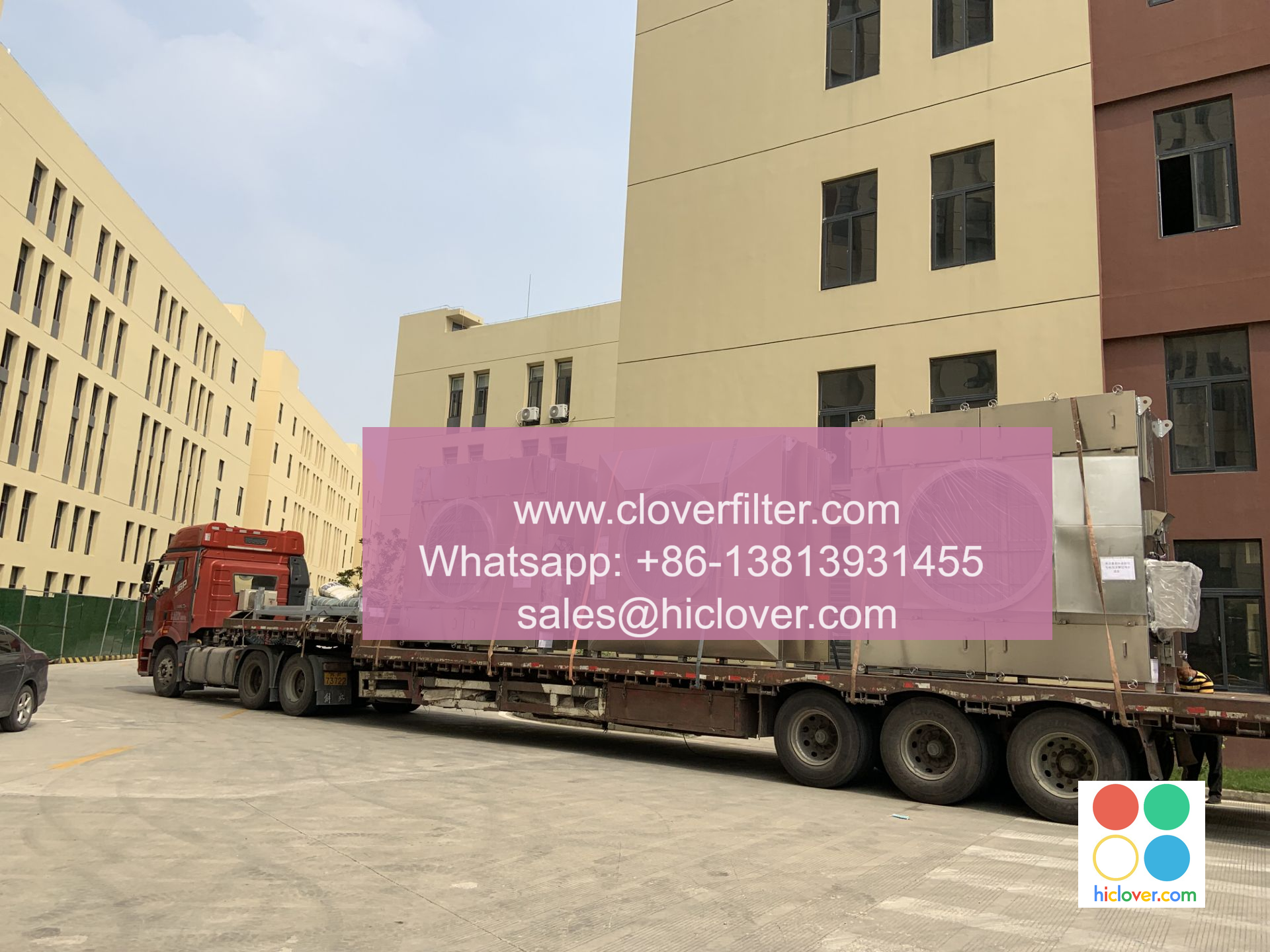Are HEPA Filters Really All That Effective at Removing Allergens?

As evident from the increasing number of allergy sufferers worldwide, indoor air quality has become a significant concern. While High-Efficiency Particulate Air (HEPA) filters have been widely touted as the solution to purifying the air, is their effectiveness at removing allergens truly justified?
In this article, we’ll delve into the world of HEPA filters to reveal their capabilities and limitations, exploring their application areas and whether they truly live up to their hyped reputation.
What are HEPA Filters?
Developed in the 1950s, HEPA filters are designed to capture 99.97% of particles as small as 0.3 microns, making them a popular choice for air purifiers, vacuum cleaners, and HVAC systems. The term "HEPA" doesn’t actually refer to a specific standard, but rather a general description of their patented filter design.
How Do HEPA Filters Work?
HEPA filters work by using a dense network of fibers to trap particles, allergens, and pollutants in the air. The unique design of these fibers creates a barrier that captures a wide range of particles, from dust and pollen to bacteria and viruses. This physical barrier, rather than chemical or biological reactions, is what makes HEPA filters so effective at capturing allergens.
Application Areas: Where HEPA Filters Shine
- Air Purifiers: HEPA filters are a staple in air purifiers, which are designed to remove particles, allergens, and odors from the air. They’re perfect for homes with pets, smokers, or individuals with severe allergies.
- Vacuum Cleaners: Many upright and canister vacuum cleaners come equipped with HEPA filters, allowing them to trap 99.97% of particles, including dust, dander, and allergens.
- HVAC Systems: HEPA filters are often used in heating, ventilation, and air conditioning (HVAC) systems to remove airborne pollutants and allergens, improving indoor air quality.
- Industrial Settings: HEPA filters are used in various industries, such as pharmaceuticals, hospitals, and laboratories, to maintain a controlled environment and prevent the spread of airborne contaminants.
Beyond the Hype: Limitations and Considerations
While HEPA filters are incredibly effective, they’re not a silver bullet. Some important considerations include:
- Maintenance: Regular maintenance is crucial to ensure HEPA filters remain effective. Failure to clean or replace them can reduce their performance and even create additional problems.
- Size and Shape: HEPA filters are best suited for standard rectangular spaces. Unconventional spaces or irregularly shaped areas may require customized solutions.
- Cost: HEPA filters can be more expensive than other air purification methods, especially in large-scale applications.
- Certification and Standards: HEPA filters lack a standardized certification process, leading to variations in quality and performance across different manufacturers.
In conclusion, HEPA filters are indeed effective at removing allergens, but it’s essential to consider their limitations and application areas. By understanding the benefits and challenges of HEPA filters, you can make an informed decision about the best solution for your specific needs.
Conclusion
HEPA filters have proven themselves to be a reliable and effective solution for removing allergens and improving indoor air quality. While they may not be the only solution, they’re certainly a key player in the fight against airborne pollutants. By acknowledging their strengths and limitations, we can harness their power to create a healthier, more sustainable indoor environment for all.
I’m happy to help! Can you please provide a prompt for me to work with? What would you like to talk about, ask, or create? I’m here to assist you with any questions, generate ideas, or even craft content for you. Go ahead and share your prompt!


